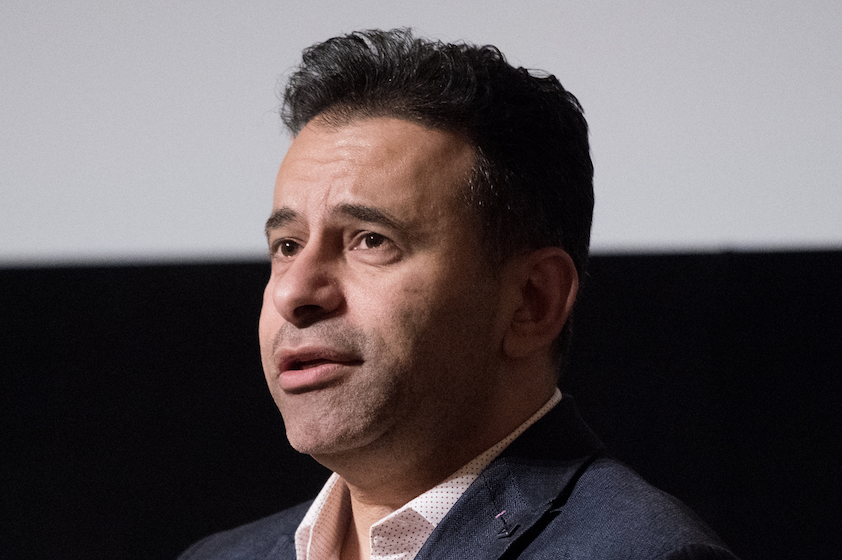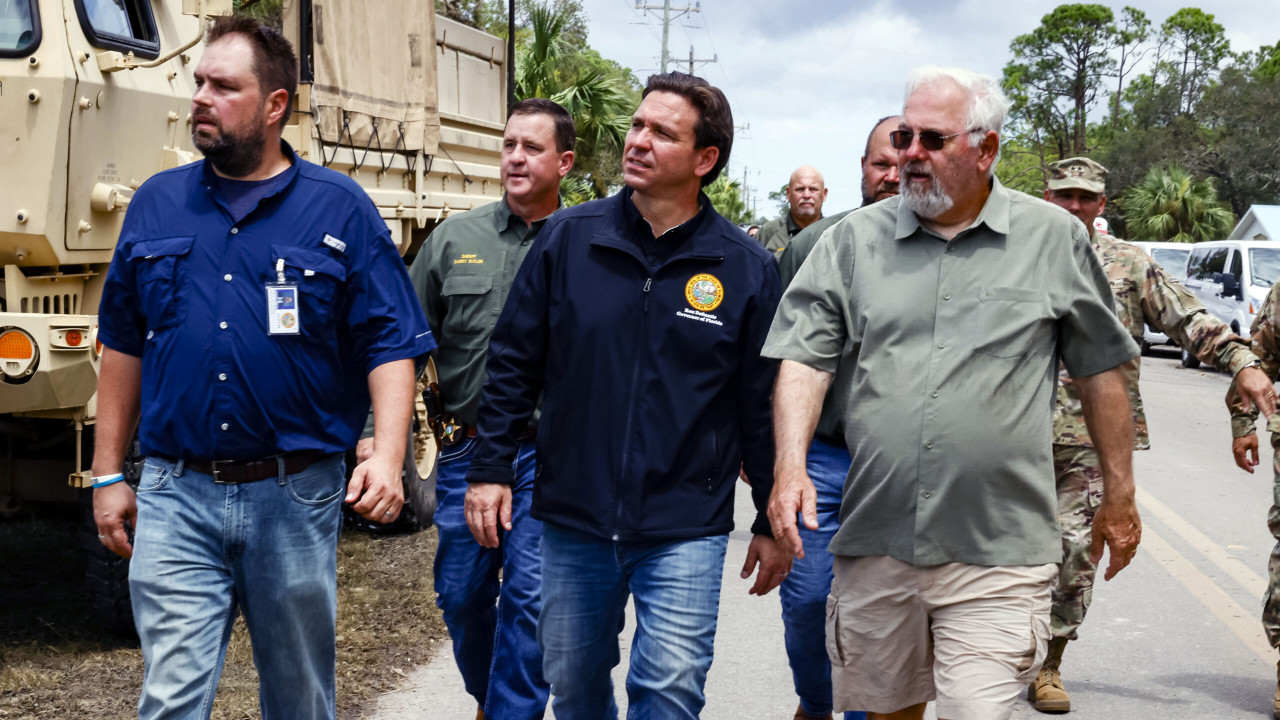Dr. Marty Makary Criticizes ‘Highly Partisan’ Experts For Changing Medical Community During Pandemic
Johns Hopkins University health policy expert and surgeon Dr. Marty Makary said on Sunday that “highly partisan” experts changed the culture of medicine during the COVID-19 pandemic after recent remarks from Dr. Anthony Fauci responding to a study that said masks didn’t work.
“There’s been a lot of groupthink — there has been an attempt to silence anyone against the consensus and medicine change the culture of medicine changed during COVID,” Makary told Fox News anchor Jon Scott on FOX Report.
“We now have an era where experts who are highly partisan are citing data with conclusions that they like even if those studies are flawed, and they ignore studies that have conclusions that they don’t want to hear, even if those studies have impeccable standards,” he added.
Makary’s comments were in response to a recent CNN appearance from former National Institute of Allergy and Infectious Disease Director Dr. Anthony Fauci, who was asked to respond to an analysis released in January by The Cochrane Institute that raised doubts about face masks being able to curb the spread of COVID.
The Cochrane study made the rounds earlier this year, leading to headlines saying that face masks made “little to no difference” in preventing the spread of COVID after a wave of mask guidelines and mandates during the pandemic.
“And Dr. Fauci, rather than criticize it or tried to point out a flaw in that study, acknowledges that it was ‘less strong than other data,'” Makary said.
During his CNN interviews, Fauci stressed that other reviews focus on the individual level.
“When you’re talking about the effect on the epidemic or the pandemic as a whole, the data are less strong,” Fauci said. “But when you talk about as an individual basis of someone protecting themselves or protecting themselves from spreading it to others, there’s no doubt that there’s many studies that show that there is an advantage.”
He added that the Cochrane study’s population level showed the data as less firm regarding the effect on the overall pandemic.
“But we’re not talking about that — we’re talking about an individual’s effect on their own safety,” he said. “That’s a bit different than the broad population level.”
Makary further criticized the medical community for believing other pandemic-related recommendations from Dr. Fauci and how a similar “political allegiance” is emerging as some colleges require students to mask up again and take another COVID vaccine after a recent uptick in COVID cases and the emergence of a new variant.
“We have ignored the data on the largest public health intervention in human history,” Makary said. “Instead, everybody is rewriting their own story.”
“I wish we could have seen less sort of blind political allegiance to one or two public health experts and instead talk about things like obesity and the mental health crisis,” he added. “There’s a group of doctors that believe 100% of what Dr. Fauci has said from ignoring natural immunity to the data on myocarditis pushing boosters in young people, masking toddlers closing schools, and now you’re seeing the same sort of political allegiance with the mask issue and the Cochrane Review.”
Daniel Chaitin contributed to this report.



